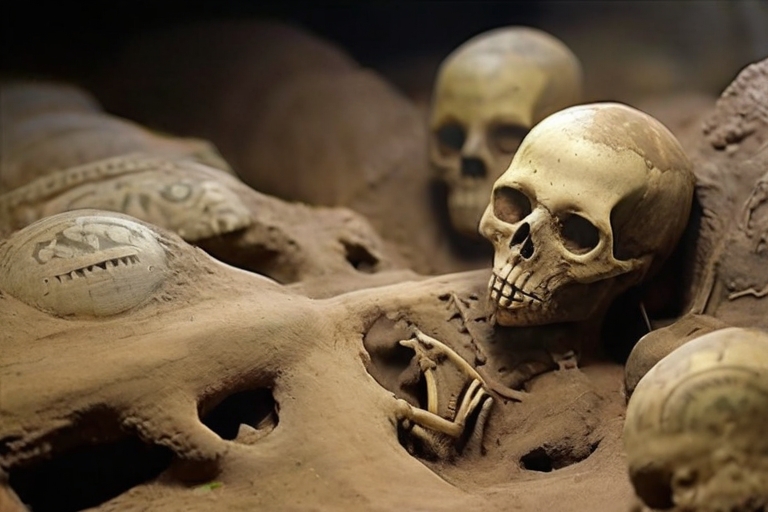Studying history often reminds us of the grimness of life on this planet, a reality often forgotten in our modern lives.
Archaeological expeditions conducted to understand our past better, often end up uncovering remains that can be called creepy, to say the least.
In this article, we will look at 5 such discoveries that are enough to spend a shiver down your spine.
Table of Contents
Here’s a list of Creepy and Spine Chilling Archaeological Discoveries
Headless Vikings in Dorset, England

In June 2009, archaeologists from Oxford Archaeology discovered a mass grave containing 54 decapitated skeletons and 51 skulls. Forensic analysis revealed the men to be of Scandinavian origin, with the approximate age of the men being from late teens to around 25 years old with some men being in their fifties.
The manner of their deaths is particularly haunting, as the skeletons show signs of multiple blows and deep cuts to the vertebrae, jawbones, and skulls, indicating a brutal execution carried out hastily and chaotically, indicating it was not carried out by trained executioners.
One man had his hands sliced through, suggesting that he had attempted to grab the sword as it was being swung towards him. There were a total of 188 wounds visible on the skeletons, an average of four per individual, indicating that they had been the victims of severe violence before being killed. One man had had the top of his skull sliced off, exposing his brain.
There may have been more injuries to soft tissue, but that was not detectable from the skeletons. However, they had no obvious battle wounds and were most likely captives. Judging from the lack of any remains of clothing or other possessions, they had probably been naked when they were thrown into the pit, a dehumanizing end.
It has been theorized that the men were Vikings killed by the local Anglo-Saxons during a conflict, or they may have been part of the St Brice’s Day massacre.
Vampire-Proof Graves in Poland
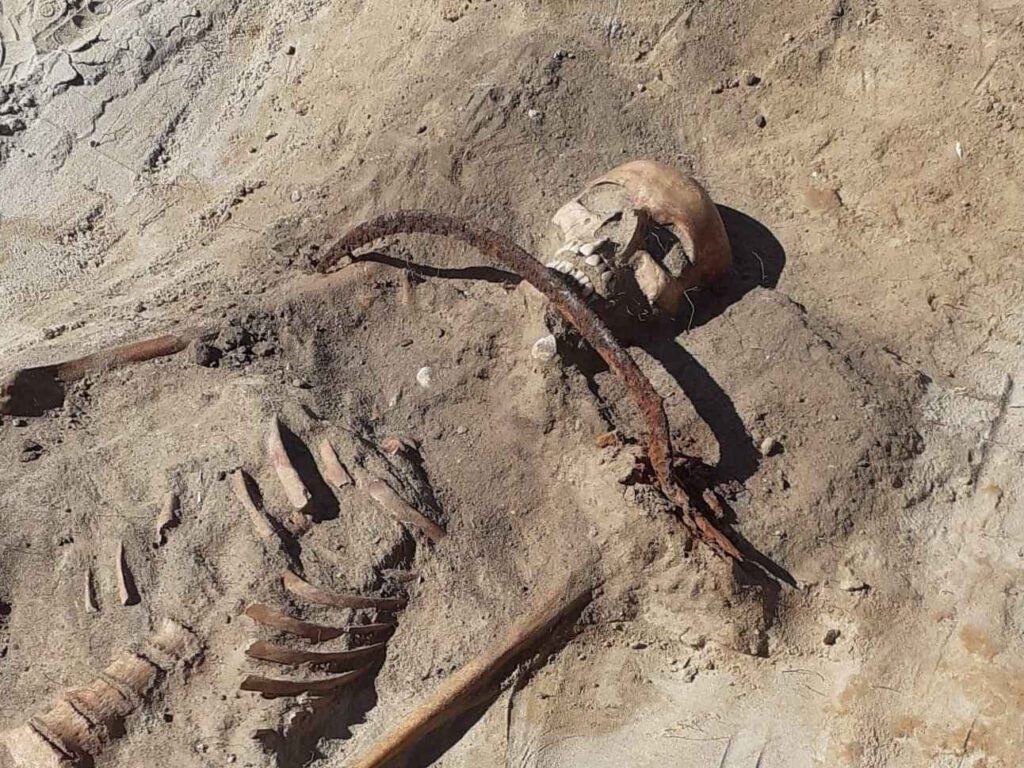
17th-century Poland hosted a deeply engrained fear of vampires in their society. The modern image of the elegant and dark romantic vampire is completely different from the idea of vampires in post-medieval Poland which encompassed a range of undead forces in Slavic folklore, including creatures like the upiór, strzyga, and strigoi. These beings were believed to be unclean or cursed spirits, witch-like demons, or shape-shifters that craved human blood, instilling fear and superstition among the populace.
It was believed that evil forces would possess the souls of those who had the misfortune to die early in epidemics, by suicide, or simply before being baptized. So when it came time to bury these poor souls, care was taken to ensure they would not provide an easy vessel for a malicious, supernatural force.
The rituals surrounding anti-vampire burials, such as placing sickles across the neck, rocks under the chin, or padlocks on the body, were common and believed to stop the dead from rising.
Screaming Mummy
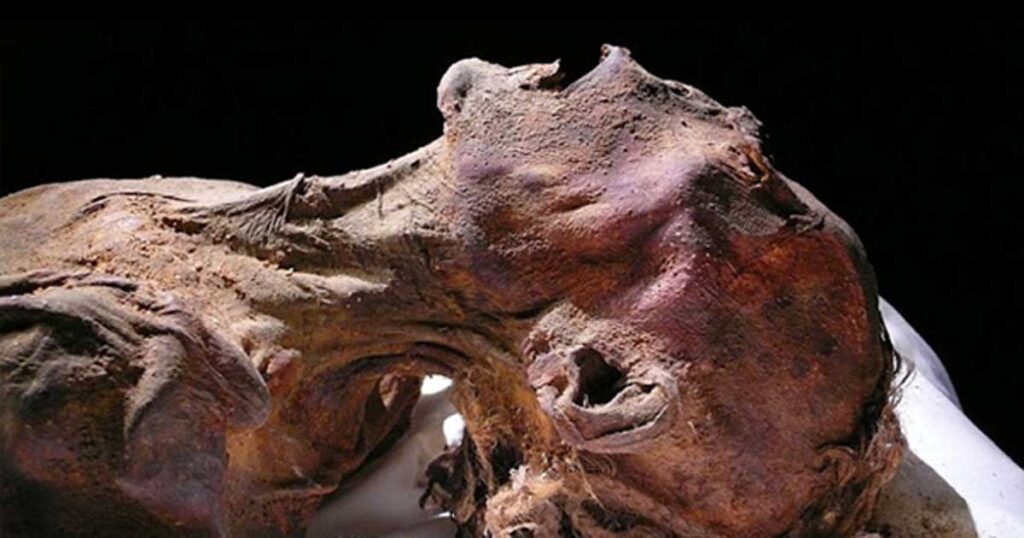
In an inconspicuous cavern known as DB320, in Deir El Bahri, the screaming mummy also known as “Unknown Man E” was discovered alongside 40 mummified bodies.
The mummy seemingly frozen for eternity in a state of an agonizing scream has invited multiple experts to theorize on the cause behind this state.
The mummification of Unknown Man E didn’t follow any of the traditional customs followed generically in Egyptian mummification rituals. The man was mummified in an undecorated coffin which offered no clues to his identity, while being wrapped in sheepskin- an item that was considered unclean in Egyptian rituals.
While there is no definite answer to the mystery of his identity, experts speculate that the Unknown Man was Prince Pentewere, son of Pharaoh Ramesses III, and his secondary wife, Tiye. He was involved in a coup d’état against his father, resulting in his execution.
Skeleton in a Tree
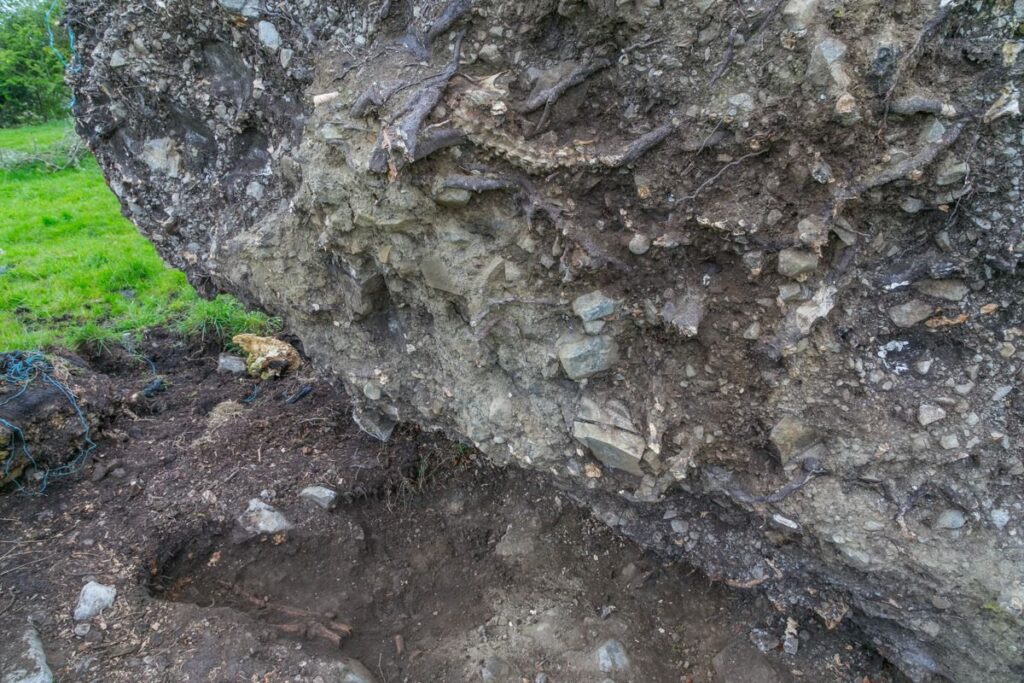
When a 215-year-old beech tree toppled over due to winter storms in Collooney, Ireland in 2015, the locals discovered human remains beneath the tree.
Preliminary analyses of the bones by osteoarchaeologist Linda Lynch and others at Sligo-Leitrim Archaeological Services (SLAS), a private consultancy, revealed the remains of a young man who was between 17 and 20 years old when he died. Carbon dating later revealed that the boy died sometime between 1030 and 1200 A.D.
It was observed that the boy had several injuries on the ribs and hand that were likely inflicted by a knife, indicating a violent end.
The boy was given a proper Christian burial and the entire skeleton was originally present however, the upper part was damaged by tree-root activity. Archaeologists state that while they could not find any other burials close by, 19th-century records state the presence of a church and graveyard in a wide vicinity of the site.
Ancient Tumor
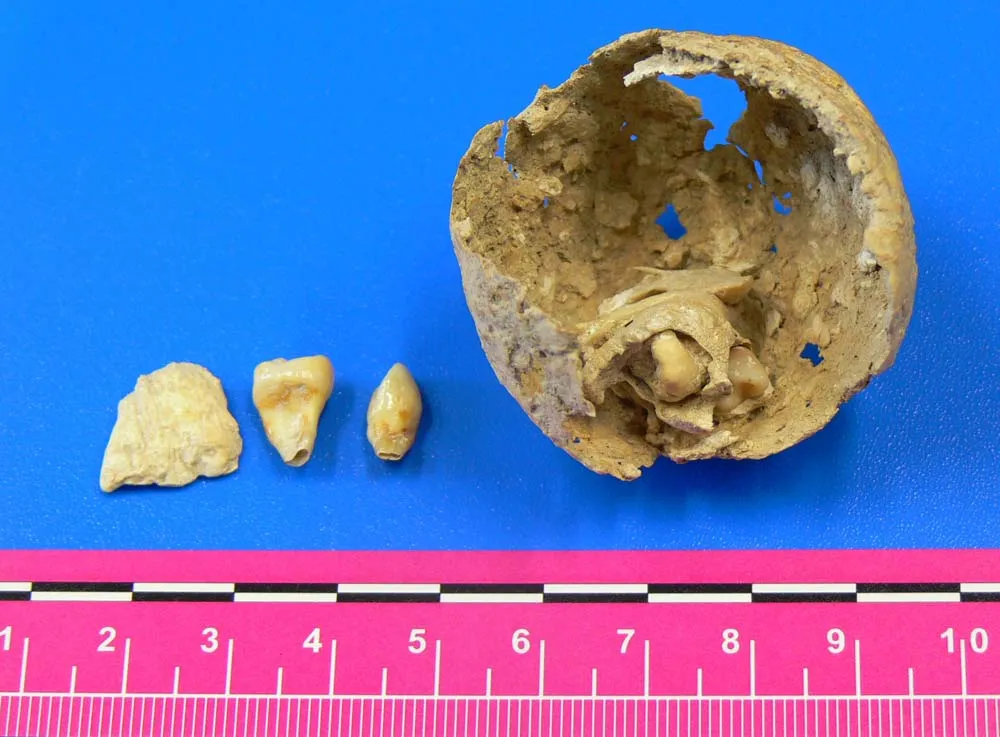
The remains of a Roman woman who died approximately 1600 years ago were discovered by archaeologists in Necropolis, Spain with a calcified tumor in her pelvis, a bone and four deformed teeth embedded within it.
The woman who was predicted to have died in her 30s had a condition known today as ovarian teratoma. This was the first time scientists discovered this type of tumor in the ancient world.
Archaeological analysis explained that the woman was not an important or rich person, holding a low socioeconomic status. Researchers stated that while it’s possible the woman never experienced symptoms, it’s also possible that, despite the tumor being benign, it ultimately killed her however, there is no solid evidence for this as she might have died of other causes, and never have known about her illness.
Read more about the oldest cities in the world here.

